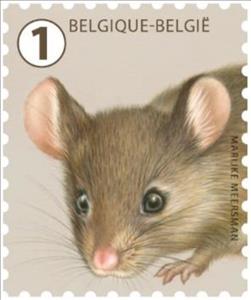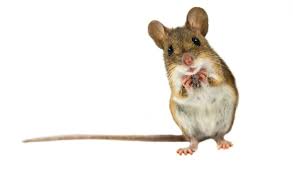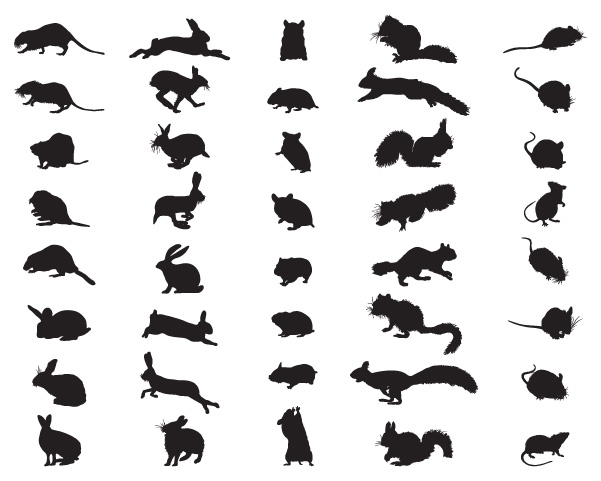Stamp: Common Mouse (Mus musculus) (Belgium 2020)
Common Mouse (Mus musculus) (Belgium 2020)
31 August (Belgium ) within release Visitors To The Garden (2020) goes into circulation Stamp Common Mouse (Mus musculus) face value 1 No Face Value
| Stamp Common Mouse (Mus musculus) in catalogues | |
|---|---|
| Colnect codes: | Col: BE 2020-18i |
Stamp is vertical format.
Stamp from se-tenant block of ten. Face value € 0.98 on day of issue.Also in the issue Visitors To The Garden (2020):
- Se-tenant - Visitors To The Garden face value 10*1;
- Stamp - Hedgehog (Erinaceus europaeus) face value 1;
- Stamp - Barn Owl (Tyto alba) face value 1;
- Stamp - Red Squirrel (Sciurus vulgaris) face value 1;
- Stamp - Asian Ladybug (Harmonia axyridis) face value 1;
- Stamp - Turtle Dove (Streptopelia turtur) face value 1;
- Stamp - European Rabbit (Oryctolagus cuniculus) face value 1;
- Stamp - Green Frog (Pelophylax sp) face value 1;
- Stamp - European Honey Bee (Apis mellifera) face value 1;
- Stamp - Common Mouse (Mus musculus) face value 1;
- Stamp - European Robin (Erithacus rubecula) face value 1;
Stamp Common Mouse (Mus musculus) it reflects the thematic directions:
Animals are multicellular, eukaryotic organisms of the kingdom Animalia (also called Metazoa). All animals are motile, meaning they can move spontaneously and independently, at some point in their lives. Their body plan eventually becomes fixed as they develop, although some undergo a process of metamorphosis later on in their lives. All animals are heterotrophs: they must ingest other organisms or their products for sustenance.
Mammals are any vertebrates within the class Mammalia (/məˈmeɪli.ə/ from Latin mamma "breast"), a clade of endothermic amniotes distinguished from reptiles (including birds) by the possession of a neocortex (a region of the brain), hair, three middle ear bones and mammary glands. All female mammals nurse their young with milk, secreted from the mammary glands. Mammals include the largest animals on the planet, the great whales. The basic body type is a terrestrial quadruped, but some mammals are adapted for life at sea, in the air, in trees, underground or on two legs. The largest group of mammals, the placentals, have a placenta, which enables the feeding of the fetus during gestation. Mammals range in size from the 30–40 mm (1.2–1.6 in) bumblebee bat to the 30-meter (98 ft) blue whale. With the exception of the five species of monotreme (egg-laying mammals), all modern mammals give birth to live young. Most mammals, including the six most species-rich orders, belong to the placental group. The largest orders are the rodents, bats and Soricomorpha (shrews and allies). The next three biggest orders, depending on the biological classification scheme used, are the Primates (apes and monkeys), the Cetartiodactyla (whales and even-toed ungulates), and the Carnivora (cats, dogs, seals, and allies).
A mouse (pl.: mice) is a small rodent. Characteristically, mice are known to have a pointed snout, small rounded ears, a body-length scaly tail, and a high breeding rate. The best known mouse species is the common house mouse (Mus musculus). Mice are also popular as pets. In some places, certain kinds of field mice are locally common. They are known to invade homes for food and shelter.
Rodents (from Latin rodere, 'to gnaw') are mammals of the order Rodentia (/roʊˈdɛnʃə/ roh-DEN-shə), which are characterized by a single pair of continuously growing incisors in each of the upper and lower jaws. About 40% of all mammal species are rodents. They are native to all major land masses except for Antarctica, and several oceanic islands, though they have subsequently been introduced to most of these land masses by human activity.




